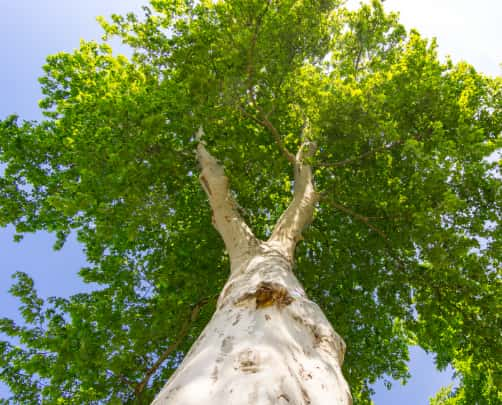Introduction: As urban areas expand, the importance of maintaining and preserving green spaces within communities becomes increasingly evident. Trees contribute to the well-being of residents, air quality, and the overall aesthetics of an area. Concerning tree-felling projects, involving the community can lead to better decisions, increased awareness, and a sense of ownership over local green spaces. In this blog post, we’ll explore the significance of community engagement in tree-felling projects and how collaboration can benefit urban environments.
The Role of Trees in Urban Green Spaces
Trees offer a plethora of benefits to urban communities:
- Improved Air Quality: Trees absorb carbon dioxide and release oxygen, helping to enhance air quality and mitigate pollution’s effects.
- Cooling Effect: Trees provide shade, reducing the “urban heat island” effect and making neighbourhoods more comfortable during hot weather.
- Aesthetic Appeal: The presence of trees enhances the visual appeal of urban areas, making them more inviting and livable.
- Wildlife Habitat: Trees support various forms of wildlife, contributing to urban biodiversity.
The Need for Tree Felling
While trees provide numerous benefits, tree felling becomes necessary in some situations. Trees that are diseased, damaged, or pose safety risks must be removed to ensure the community’s well-being.
Community Engagement: Benefits and Strategies
Engaging the community in tree-felling projects can be incredibly beneficial:
- Informed Decision-Making: Involving residents ensures that decisions are well-rounded and consider diverse perspectives.
- Transparency: Open dialogue fosters transparency, helping residents understand the reasons behind tree felling and the importance of proper management.
- Education: Community engagement offers opportunities to educate residents about tree health, the benefits of tree preservation, and the complexities of tree management.
- Ownership: When residents are involved, they feel a sense of ownership over local green spaces, leading to better care and stewardship.
Strategies for Community Engagement
- Public Meetings: Hold meetings to discuss upcoming tree-felling projects, share information, and gather feedback.
- Online Platforms: Use social media, community websites, and surveys to engage residents who cannot attend physical meetings.
- Educational Workshops: Organise workshops on tree care, health, and tree felling to inform and engage residents.
- Collaborative Planning: Involve the community in the planning stages, allowing them to provide input on which trees should be felled and how to replace them.
Conclusion: Community engagement is vital in tree-felling projects within urban green spaces. Collaboration fosters informed decision-making, transparency, education, and a sense of ownership. By involving residents in the process, urban areas can balance necessary tree management and preserving valuable green spaces. Together, communities and tree surgeons can work towards creating healthier, safer, and more vibrant urban environments that benefit current and future generations.
Call us on: 01842 771 096
Click here to find out more about Lakenheath Tree Surgeons
Click here to complete our contact form and see how we can help with your tree’s needs.

